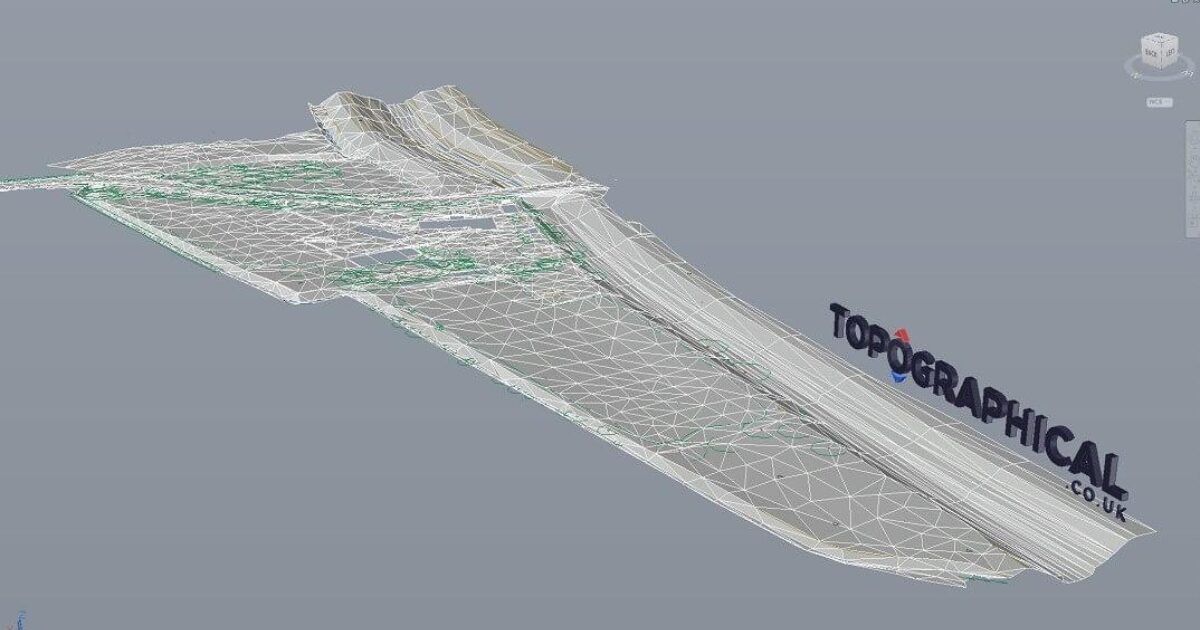The Benefits of Topographical Surveying in Construction and Planning
Wiki Article
Necessary Tools and Methods in Laying Out Engineering
The technique of setting out engineering counts greatly on a collection of necessary tools and techniques that underpin the precision and efficiency of job implementation. What implications does this hold for future design practices?The Significance of Accurate Dimensions

The significance of exact dimensions extends beyond simple compliance; they are important to the general effectiveness of design procedures. Errors can bring about worldly waste, task hold-ups, and increased labor prices, inevitably affecting the task's profits. Additionally, precise dimensions boost the quality of the last item, ensuring that it executes as meant and meets the assumptions of stakeholders - setting out engineering.
Additionally, the importance of precise measurements is obvious in numerous engineering self-controls, including civil, mechanical, and electric engineering. Hence, promoting a society that focuses on accuracy is essential for the future of engineering.
Important Tools for Laying Out
Laying out, an important phase in the engineering and construction procedure, relies heavily on certain tools that make certain exact location and alignment of frameworks. Among these devices, the property surveyor's level stands apart, giving precise straight measurements essential for developing referral factors. This instrument makes it possible for designers to determine altitude modifications and maintain harmony throughout the job site.
The total amount terminal is another vital device, integrating electronic range dimension with angular measurement capacities. This modern technology boosts performance and precision in recording spatial information, enabling efficient website design and planning.
Additionally, the use of gauging tapes and marking tools, such as chalk lines or stakes, is fundamental for momentarily noting limits and crucial points on the site. These basic tools, though simple, are essential for ensuring clear interaction amongst the building and construction team regarding job requirements.
Last but not least, general practitioner innovation has gotten grip in laying out procedures, supplying real-time placing information and dramatically enhancing accuracy over standard techniques. Collectively, these necessary tools form the backbone of effective establishing out techniques, inevitably adding to the effective implementation of engineering and building tasks.
Advanced Evaluating Techniques
Advanced surveying techniques play a pivotal function in boosting the precision and effectiveness of engineering jobs. These techniques encompass a variety of methods that give precise data for style and building. Conventional approaches, such as leveling and triangulation, have actually evolved right into a lot more advanced techniques, consisting of Complete Station studies and Worldwide Navigation Satellite Solution (GNSS)Complete Terminal see post tools incorporate electronic theodolites with range measurement abilities, enabling land surveyors to accumulate precise location information with great speed. This innovation significantly decreases errors connected with hands-on measurements and offers real-time data processing. Additionally, GNSS provides unrivaled accuracy for large jobs by utilizing satellite signals to identify specific positioning, which is necessary for aligning structures and guaranteeing conformity with style specifications.
In enhancement to these tools, progressed techniques also integrate geospatial evaluation and 3D modeling. These techniques enable designers to picture terrain and site problems better, helping with much better decision-making throughout the preparation phase. By using these advanced evaluating strategies, engineering projects can accomplish better precision in format, reduce rework, and ultimately enhance overall job success.
Digital Modern Technology in Engineering
The integration of digital modern technology has actually changed engineering techniques, boosting both productivity and precision across different self-controls. Tools such as Building Information Modeling (BIM) help with the visualization and monitoring of intricate tasks, permitting engineers to work together flawlessly and make educated choices. This innovation makes it possible for the production of in-depth 3D models, which can be assessed for structural stability and efficiency before my site building starts.
The application of expert system and device understanding in engineering processes better enhances predictive upkeep and optimization of resources. These modern technologies enable the analysis of huge data collections, causing far better projecting and improved job outcomes. In general, electronic innovation is reshaping the engineering landscape, driving advancement, and making sure that projects are finished with greater performance and reduced threat. As the industry remains to progress, accepting these tools will be important for future success.
Finest Practices for Implementation
When carrying out electronic innovation in engineering, it is important to develop a critical method that aligns with project objectives and organizational capacities. An extensive analysis of existing process and technology framework is vital to recognize spaces and chances for improvement. Engaging stakeholders early at the same time fosters partnership and makes certain that the technology meets individual needs.
Project supervisors should take on a repetitive execution technique, permitting adjustments based on real-time feedback and performance analyses. This agile technique not just alleviates threats yet also promotes continuous improvement by including lessons discovered.
Final Thought
To conclude, the integration of necessary tools and progressed techniques in laying out engineering is important for making certain accuracy in dimensions and effective job execution. Utilizing tools such as surveyor's levels, overall terminals, and GPS innovation, alongside contemporary evaluating approaches, boosts accuracy and reduces the chance of mistakes. Taking on best techniques in application better enhances these processes, inevitably promoting boosted task outcomes in the design and building and construction fields.The technique of establishing out engineering relies heavily on a suite of crucial tools and methods that underpin the accuracy and effectiveness of project execution.In addition, the importance of precise measurements is apparent in different engineering self-controls, including civil, mechanical, and electric design. By using these advanced evaluating techniques, engineering projects can accomplish higher precision in design, reduce rework, and ultimately boost overall project success.
On the whole, digital technology is reshaping the engineering landscape, driving development, and making certain that jobs are finished with greater efficiency and minimized danger (setting out engineering).In verdict, the combination of important devices and progressed strategies in setting out design is vital for ensuring precision in measurements and successful job implementation
Report this wiki page